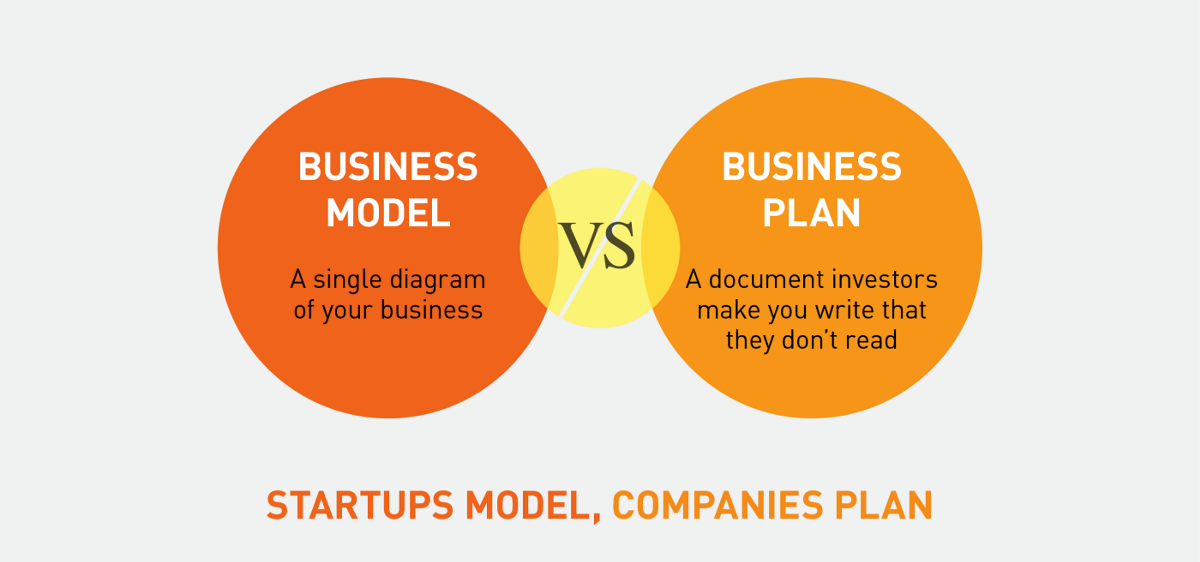Business Model is a relatively new term in the management literature. The “business plan” concept is about two centuries old, while “business model” definition is only for 20 years ago. We discussed the business plan in one of our articles. However, here, we will discuss it again briefly to clarify the meaning of the business model and the difference between these two concepts.
Business Plan and Its History
Today, what we know as a business plan actually emerged after the Industrial Revolution when banks demanded documents from fund-seeking businesses.
At that time, banks were the only institutions that could provide the capital needed by businesses and industries in the form of loans or partnerships. In return for money, they asked business owners for documents and reports that demonstrated the business’s profitability and guaranteed a return on investment.
Learn more: Venture Capital History From Venice and Maritime to the Us and the 2008 Crisis
These documents were initially just an estimation of financial flows, raw material requirements, and workers’ wages. However, it gradually became more complicated and turned into what we know as a business plan today. A business plan is now a comprehensive plan that the founder makes before starting the business to raise capital.
Business Model vs. Business Plan
What was considered an industry in the nineteenth and twentieth centuries mainly was related to goods production. Even the provision of services was quite regulated. So the business plans were entirely traditional and very similar in different jobs.
The investor, whether an individual or a formal entity such as a bank, decided on the partnership based on the following information cluded in the business plan:
- How much investment does the business need?
- At what times should the capital get injected?
- What kind of land, workshop, or factory does the business need?
- How many human resources does the business need?
- How much will it cost?
- What is the profit margin?
- How much will the return on investment be?
However, the advent of the Internet brought about a considerable transformation and paved the way for the emergence of today’s business models.
Online businesses were accompanied by new opportunities and new ways of generating income:
- A company like Yahoo (and later Google) offered free services.
- Amazon sold books in such a way that the total cost of the book and shipping would be either the same price as the back cover or even less.
- Companies like PayPal were created to act as monetary intermediaries. But they were not as strict as banks, and they created opportunities for many online businesses to grow.
Gradually, the question arose, how do these companies earn money? In other words, what is their business model to generate revenue? Although there was no naming of the business model before, there were already a few specific models of business that everyone understood:
- buying raw materials.
- Recruiting human resources.
- Production.
- Considering a relative profit margin
- Selling the products
This was the business model of almost all businesses till a few decades before.
Changes in the Internet Age
The new structure and process of founding a business were quite different from the era of factories and industries:
- The increase in profits was no longer related to cheap raw materials.
- The growth rate and scalability of the business were very different from the past.
- Those who used business services were not necessarily the ones who paid for them.
- Labor (which included workers and other physical labour) was no longer necessary as it once was.
- With the spread of the Web, new companies were formed that did not need a physical office and even a significant initial capital.
In short, the business model was formed with the advent of the web and jobs opportunities in cyberspace. However, online ideas did not remain on the Internet. Inspired by them, physical businesses also explored new models for their business.
Business Model Components
The business model is formed in response to the following question:
- What value does the business create, and how?
- How do you propose your value to the target customers?
- How do you convert this value into money?
In other words, every business model consists of three components: value creation, revenue proposition and value capture.

Value Creation:
In this section, the executive and operational aspects are discussed.
After all, you probably think you can create something valuable for your customer with all your assets, and you believe the market will welcome it.
As a rule, you should explain what this valuable proposal goes through, from the first step of creation to the moment of offering it to the customer. What are the details of its design and production?
Value Proposition:
It is not enough that you think you can create value. It is crucial to offer it to the customer in a way that he is willing to accept the value created.
Here you look at the problem from the customer’s point of view and try to present your achievement in a way that they are willing to receive (and buy).
Value Capture:
Now, the question is how this value that is offered to the customer will return to your business in the form of economic value. You should find a way to convert it to liquidity or other formats of financial profits.
Of course, you may encounter different and sometimes controversial results when you search for a business model component on the net. That’s because some people may present these three elements in the form of a multi-part model. However, what is being discussed here is the nature of the different sections, not their number.

